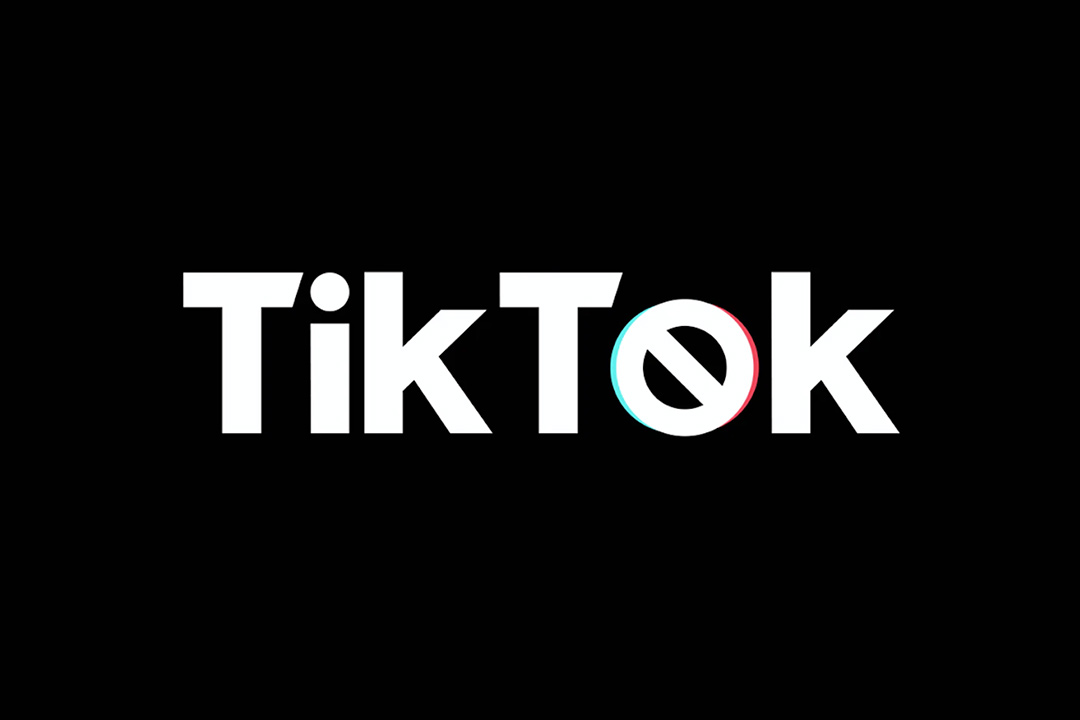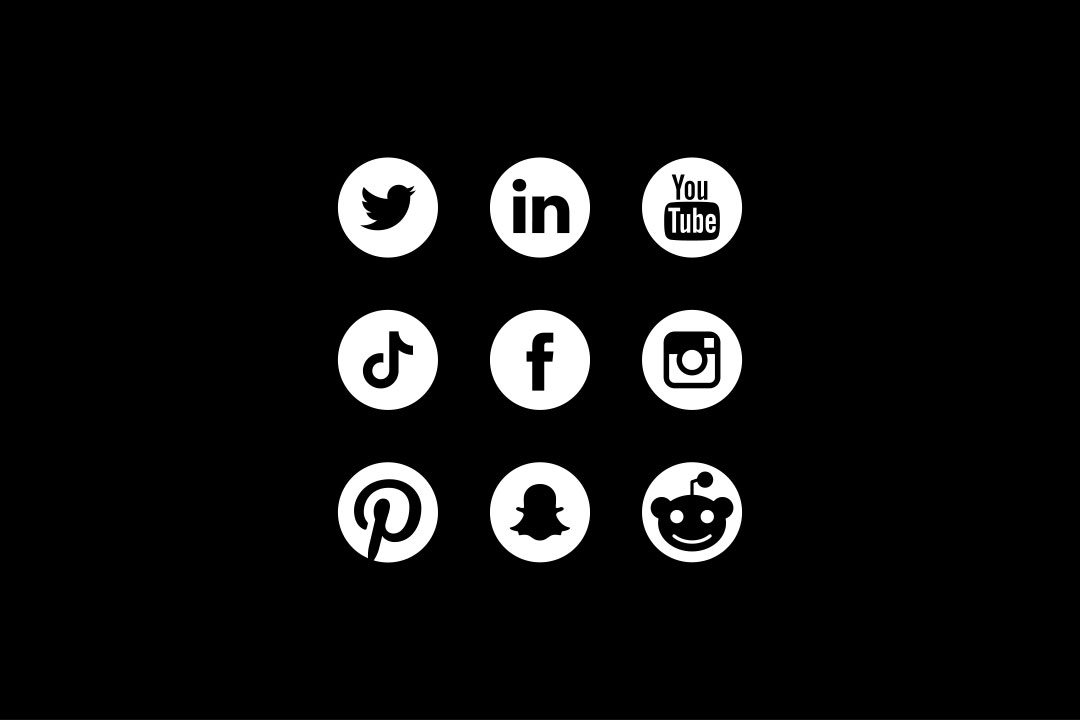I’m not sure a generation exists outside of the Millennials who have been researched more… but Gen Z is becoming a powerful force in the US population and are the new youth of America.
Who are the Gen Z’s? They are Americans born after the Millennials from 1995 to present. Gen Z, with more than 25% of the total population and $44 billion in spending power, is viewed as the extreme version of a Millennial. They will continue to get older and their hopes are to create a better world than they were born into.
Currently this audience segment is under the age of 21 and their families come in all colors and sizes. Mixed heritages are seen across politics, celebrities, athletes, artists and even the neighbor next door. They have witnessed a +400% increase in multiracial (black and white) marriages in the last 30 years with a 1,000% increase in Asian-White marriages. This means more multiracial kids – a +50% increase has been seen since 2000. Gender roles are blurring and self-discovery is important. Helicoptering parenting went out the window with the Millennials and as a result these Gen Z kids are self directed yet more collaborative by nature. Their households are multi-generational; presently living with elderly grandparents and Millennials who have moved back home. Because of this they take on many traits of the Silent generation.
SHOPPING HABITS
This generation is full of surprises. Interesting enough, this tech savvy Gen Z group, when given the choice, would rather shop in-store (64%) to on-line. Quite simply they want nice people waiting on them, a friendly experience and 75% would like to use some form of a mobile payment. While they are not brand loyal, they will quickly switch brands if quality and price are more favorable. Gen Z is likely to share opinions on their purchased products including positive and negative reviews. Even with high disposable dollars to spend they are very price conscious (nearly 90%). Due to their price sensitivity, 80% sign up for loyalty card programs. What is very surprising is they prefer to spend their money on experiences versus just buying stuff. Food and experiences with friends takes up a majority of their cash.
THEY CARE MORE ABOUT JUST THEIR FEEDS & PHONES
According to the US Department of Labor, 26% of 16-19 year-olds are currently volunteering. Gen Z kids are determined to make a difference in this world, many feel they have to clean up the mess the older generations have created. They certainly are a more pragmatic group than optimistic. Social entrepreneurship is one of the more popular career choices. Reflecting back on the life of Millennials, they were raised early on during positive economic times to only be thrust into facing “mean ole Mr. Reality” with the Sept. 11 attacks and the economic crashes in 2000 and 2008. Gen Z has had to deal with the war on terror and the recession since birth – their eyes were born wide open. Same –sex marriage is a constitutional right and an African-American president is not big news. They are probably the most socially conscious demographic group – nearly 80% are concerned about world hunger; 77% are worried about children around the world dying of preventable illnesses and over 75% care about man’s impact on our environment.
BRANDS NEED CONTENT TO SURVIVE
Real people influence this generation. Social media gives them the opportunity for a two-way conversation and their opinions being heard. Gen Z’s are a very informed group and are less likely to be swayed by overt marketing techniques. Brands can reach this audience via social influencers and understanding their relevance. Building trust and creating consumer experiences via user-generated content is a big opportunity for marketers. Repurposing content across social platforms and devices is necessary to create the right engagement in the right environment. This can range from video to listicles to microblogs. The future will reside deeper into technology with dynamic websites, virtual reality and other multisensory experiences.
HOW THEY USE SOCIAL MEDIA
According to AdWeek, 80% are on social media daily. And when asked which device they would choose if they could only have one, only 4% chose television. Facebook remains in the lead for finding new to long-time friends, to family and to brands. Facebook has done a nice job staying ahead of the technology curve including messaging and video. For more intimate relationships, Snapchat and Instagram are the leading platforms. YouTube is still where to go for video but Facebook is right there on a percentage of usage basis. And 32 percent are watching video for at least one hour a day, 30 percent for two hours, and 21 percent for three hours.
WHAT DOES THIS MEAN FOR ADVERTISERS?
Gen Z’s are mostly bi-lingual with their second language being the use of emojis. They have a true fear of FOMO – fear of missing out. They learn from mistakes of the Millennials and have a sharper insight and control over their personal brand. Privacy is pivotal. They have always known social media and if you aren’t reaching out to them in their chosen media formats you will lose. Social circles are worldwide and a vast majority would be willing to fly to meet up with members of their social network. Over 25% of teenagers have left Facebook since 2014 – they are on to more private social sites like Snapchat, Secret and Whisper. Or, live-streaming media thru Twitch or Ustream. Advertisers should be thinking 4-D with this group (Virtual and Augmented Reality) – they are way more tech savvy. If you aren’t communicating in just a few words and using nice large visual you will miss them. The average American attention span is at 8 seconds, down from 12 seconds in 2000. Their brains have evolved to process information more quickly and are able to handle larger challenges. Yet, many feel they are too reliant of their devices. They are already onto the next thing if you don’t reach them fast.
Through a research compilation from a myriad of external sources, we have put together a short list of guidelines for advertisers to consider when developing campaigns targeted to Gen Z:
- Show this group as being diverse (ethnically, sexually and fashionably.)
- Communicate in images; think spatially and in 4D
- Understand they have an opinion and influence the family decision making
- Play into their entrepreneurial nature
- Get your message across quickly – much quicker than you think
- Talk to them as adults – they have much more global knowledge then we give them credit for
- Think multiple screens and live streaming
- Value & price is important
- Think SEM
- Know the sustainability with your messaging
- Consider social causes
- Still kids to a small degree-so think puzzles, games and ideas that tease the mind
- This group loves to learn, feed this desire.
NOT TO WORRY
Successful marketing to this segment needn’t be intimidating. It will come from strong communication of your brand and the key benefits that specifically appeal to the Gen Z kids. Don’t jump into their world without having a clearly articulated plan. Following the steps above is a great place to begin but we can help you clear a path that will enable you to achieve your objectives while maintaining your brand standards. Let us help you navigate through these formidable Gen Z years thus allowing you to have the success you need for your brand and your product.
We will continue to track and monitor this Generation over the years to come via blogs posts and whitepapers. Reach out to us for more insights and how to best reach this invaluable group of consumers.




